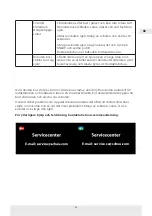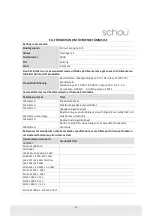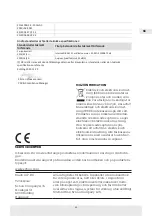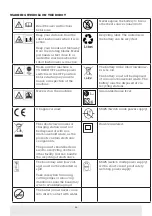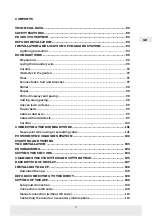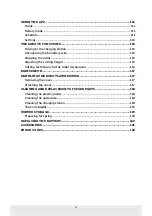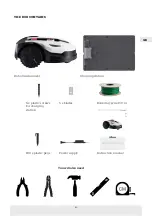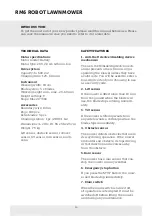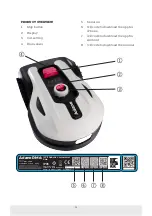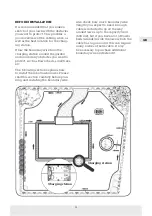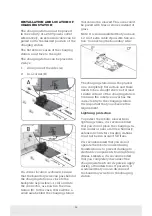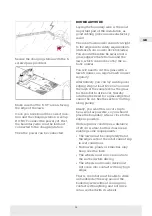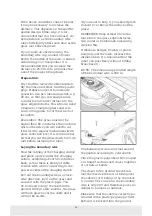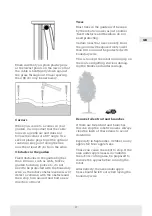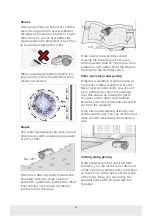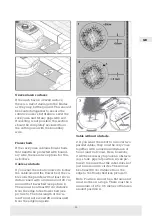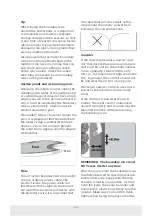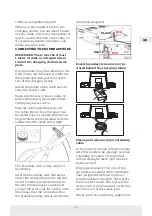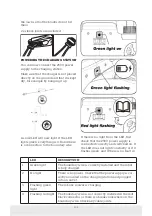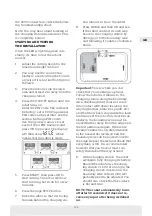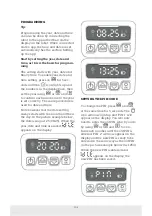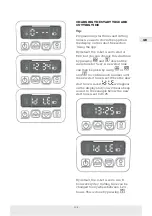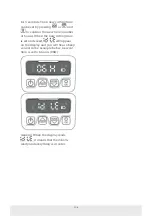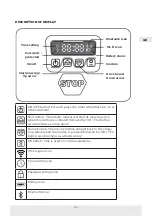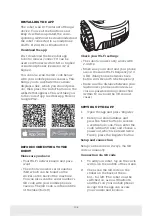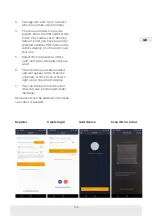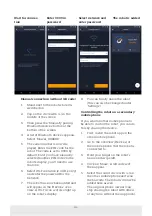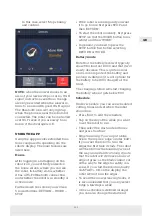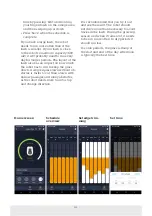
97
GB
Make sure that you place plastic pegs
at the lowest points on the lawn so that
the cable is held tightly down against
the grass throughout. Closer spacing
than 80 cm may be necessary.
Corners
When you come to a corner in your
garden, it is important that the cable
turns in a gentle arc and does not
follow the corner at a 90° angle. Use
several plastic pegs to get the optimal
rounding. Any point along the line
must be at least 20 cm from the edge.
Obstacles in the garden
Fixed obstacles in the garden higher
than 100 mm, such as walls, fences,
garden furniture, poles etc., do not
need to be protected with the boundary
wire, as the robot's obstacle sensors will
detect a collision with the obstacle and
then stop, turn around and find a new
direction of travel.
Trees
Most trees in the garden will be seen
by the robotic mower as just another
‘fixed’ obstacle and therefore do not
need protecting.
Certain trees that rise conically from
the ground with exposed roots lower
than 100 mm must be protected with
boundary wire.
This is to avoid the robot running up on
the roots and getting stuck or damag-
ing the blades and undercarriage.
Remove fallen fruit and branches
If there are fallen fruit and branches,
this can stop the robotic mower. Always
clear the lawn of these items to avoid
downtime.
Especially in September-October, many
apples fall from apple trees.
These can cause the robot to stop. If the
area under apple trees is included in
the robot's cutting area, be prepared to
remove the apples before running the
robot.
Alternatively, the area under apple
trees should be left out when laying the
boundary wire.

